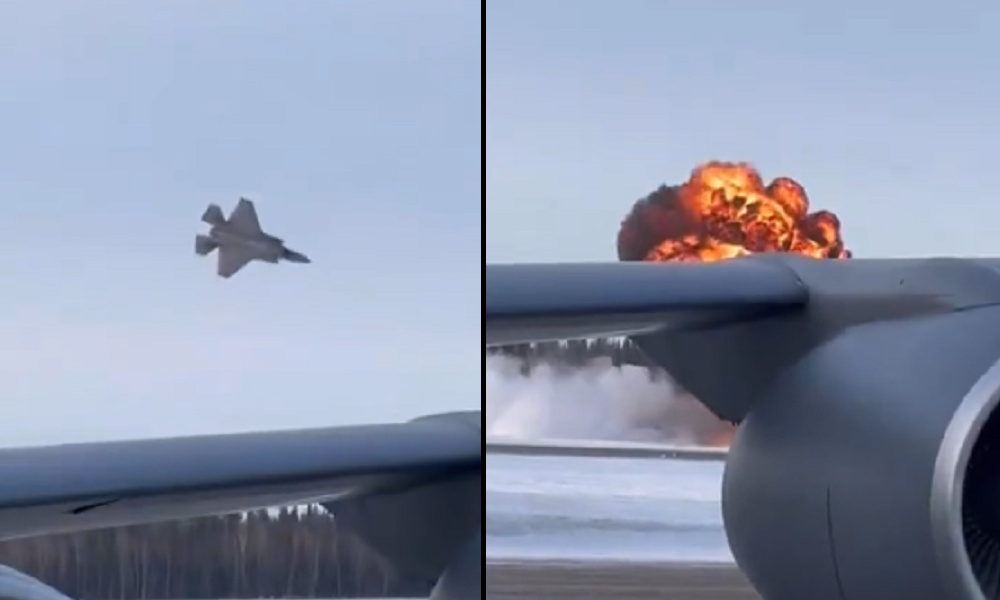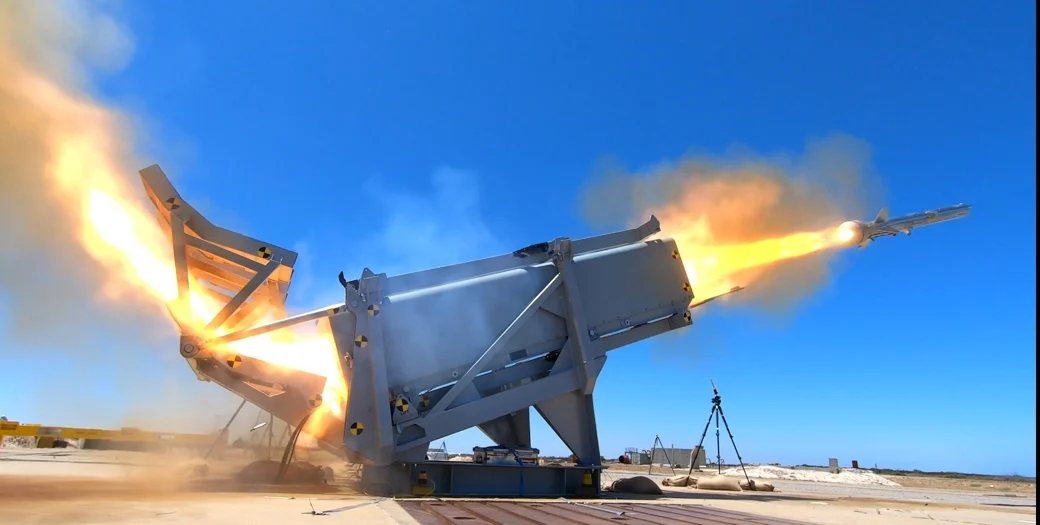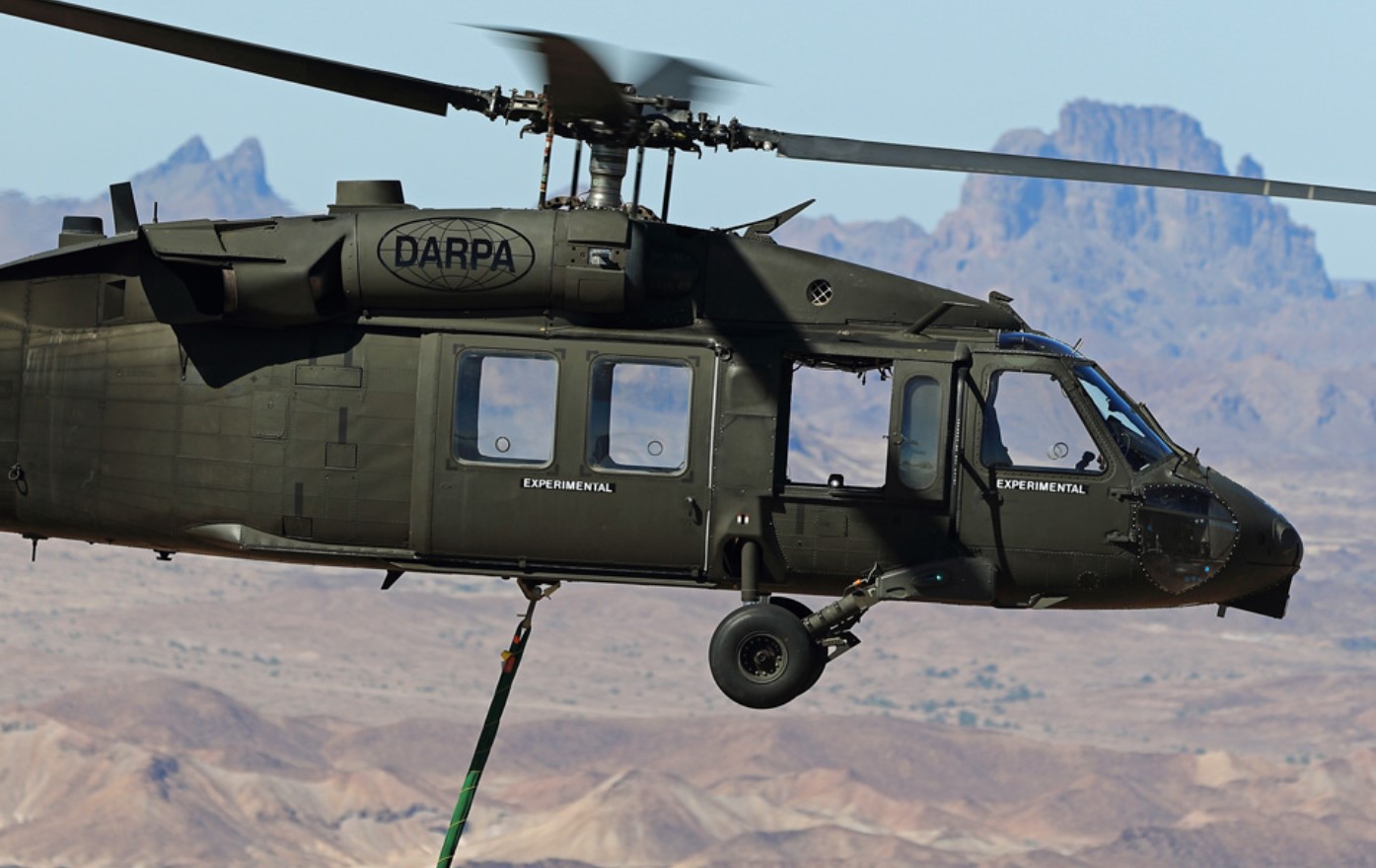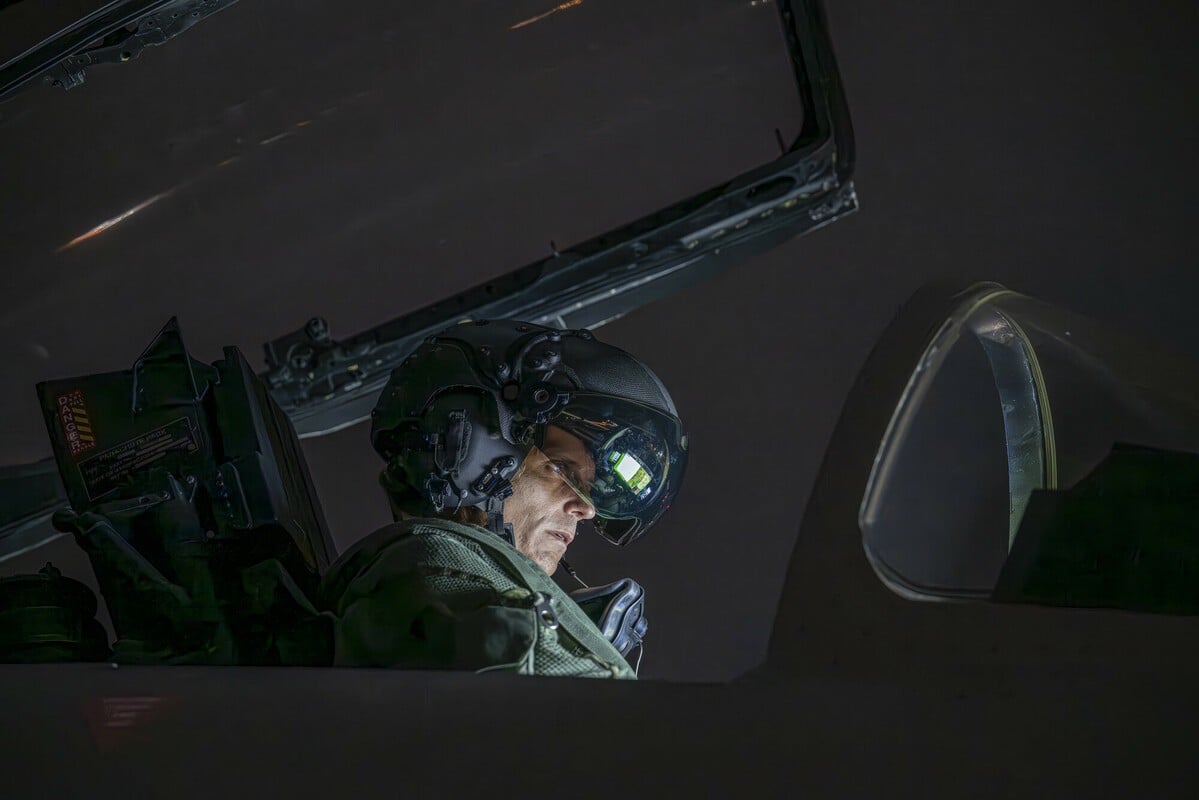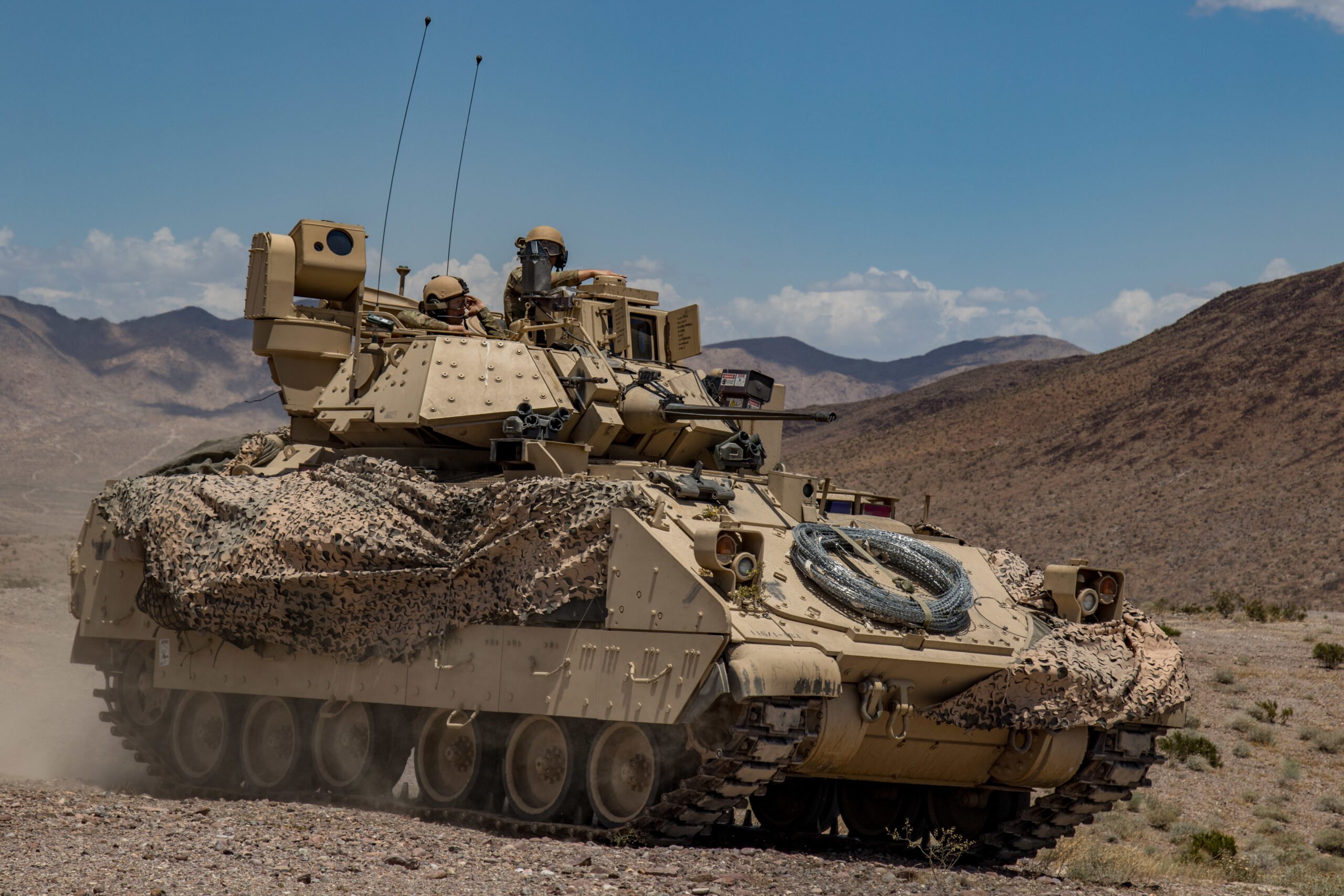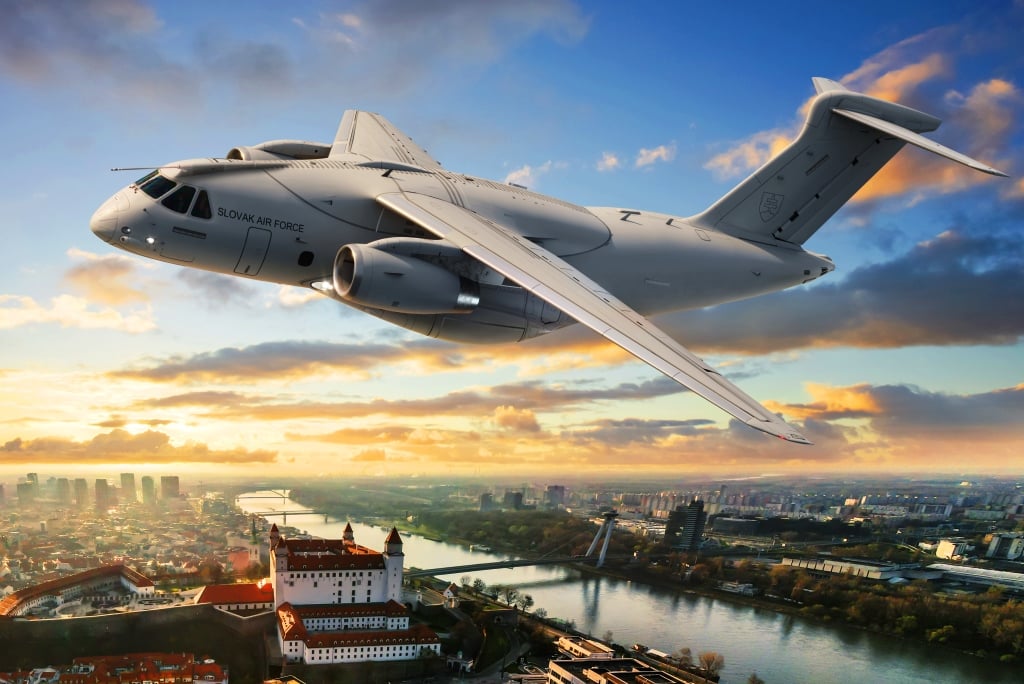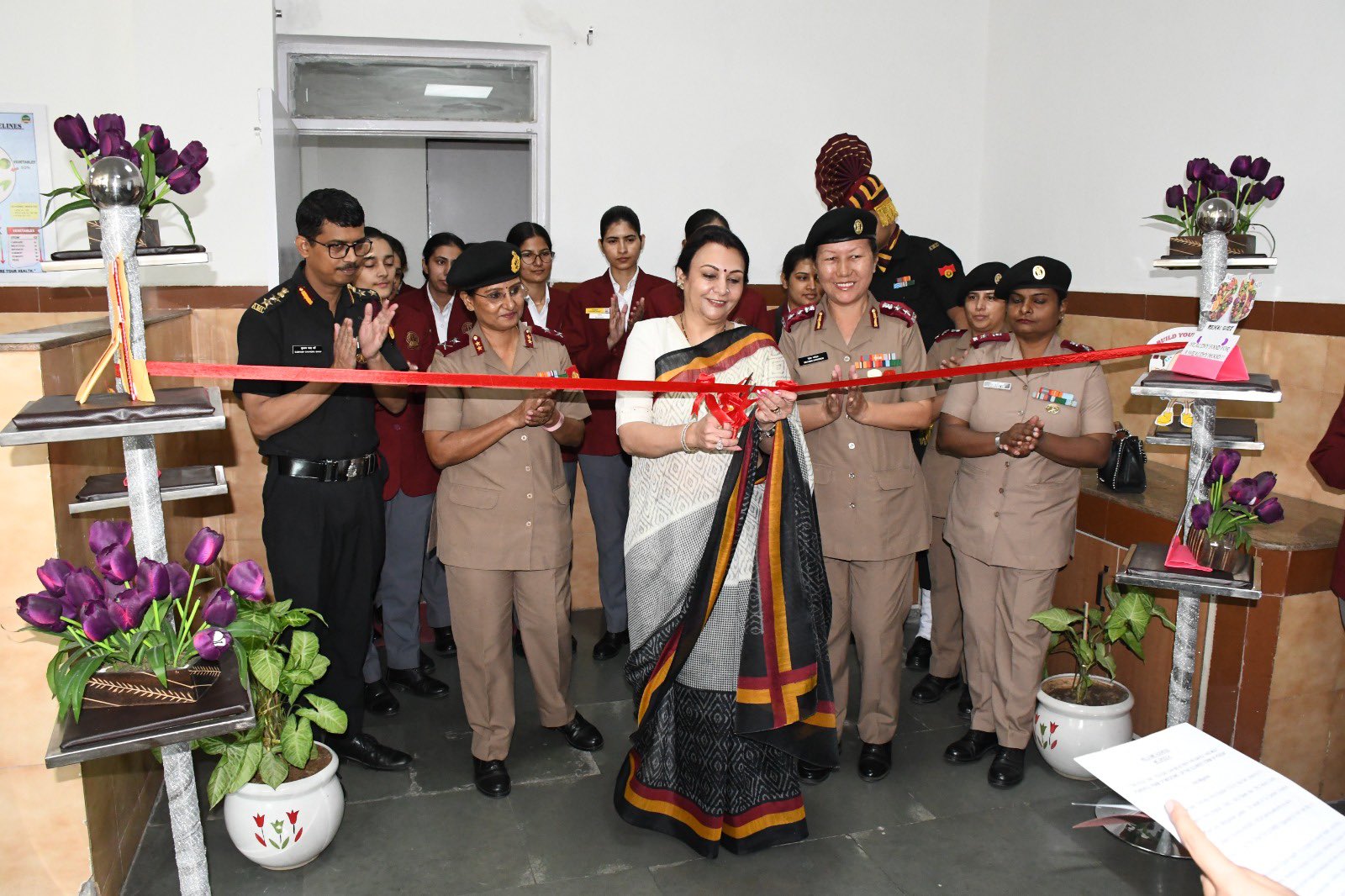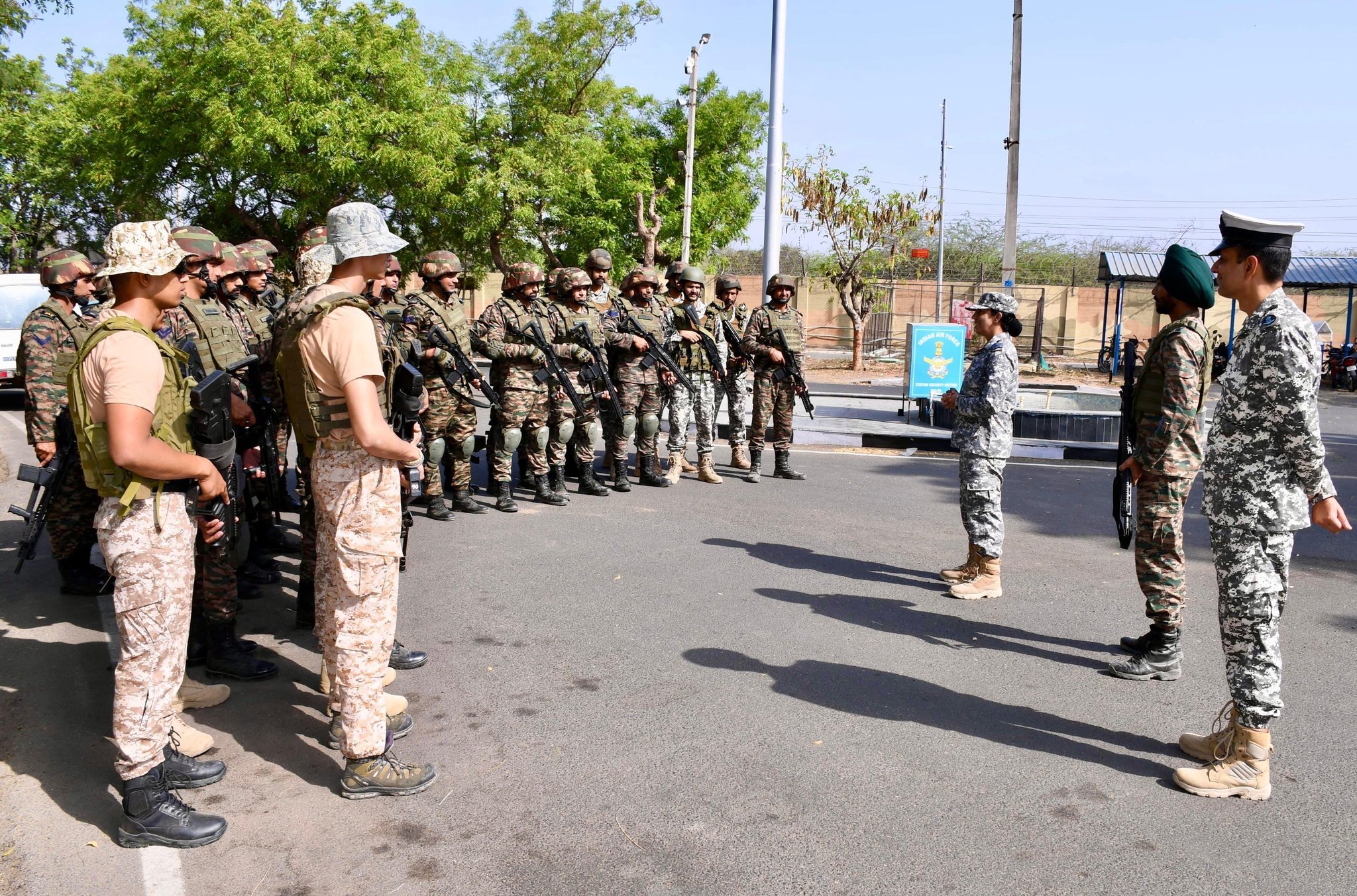Christchurch, New Zealand — The Australian government has made significant progress in its Sea 3000 frigate project, having shortlisted German and Japanese shipbuilders as the leading candidates for the prestigious contract. This development comes after South Korean and Spanish contenders exited the selection process. The shortlisted firms are Thyssenkrupp Marine Systems (TKMS) from Germany, which is proposing its MEKO A-200 platform, and Japan’s Mitsubishi Heavy Industries with an enhanced version of its Mogami class frigate. The initiative represents a substantial investment, estimated to be around A$10 billion (approximately US$6.4 billion).
Launched in May, the tender sought to procure 11 general-purpose frigates, specifically designed to bolster undersea warfare capabilities and local air defense, thereby securing vital maritime trade routes and safeguarding Australia’s northern approaches. The contract stipulates that the initial three warships will be constructed overseas, with the remaining vessels slated for assembly in Western Australia.
Defence Minister Richard Marles confirmed in late November that these two designs had been officially shortlisted. TKMS is offering two variants of the MEKO system: a standard 3,700-ton A-200 and a potentially customized 4,700-ton A-210 variant that may be more compatible with existing Royal Australian Navy (RAN) specifications. The familiarity of the Australian Navy with the older MEKO 200 design, which served as the basis for its current Anzac-class frigates, could provide a crucial advantage in this selection process.
On Japan’s end, despite its relative inexperience in the export of advanced naval vessels, the government is actively supporting the deal. Notably, on November 28, Japan’s Cabinet Office took an unprecedented step by publishing its approval for the prospective export of the improved 4,800-ton Mogami-class 06FFM frigates, which are anticipated to be operational by fiscal year 2028. The new design boasts a larger frame and enhanced armaments compared to the 3,900-ton Mogami-class frigates currently under production.
The Japanese government has underscored the importance of its strategic partnership with Australia, viewing it as second only to its alliance with the United States. This partnership, according to a Tokyo government statement, aims to enhance interoperability and compatibility between the two nations’ naval forces while strengthening shipbuilding and maintenance capabilities within the Indo-Pacific region.
However, critical challenges remain concerning the combat systems, sensors, and weaponry for these vessels. In a bid to expedite the integration of frigates into service, the RAN has indicated it may bypass standard installation norms for systems such as Saab’s 9LV combat management system or CEA radars, which are typically used across the Australian fleet. Minister for Defence Industry and Capability Delivery Pat Conroy clarified that only one of the three shortlisted options incorporates Saab’s 9LV system but reassured that the lack of uniformity in combat management systems is not a significant drawback. He emphasized the Navy’s priority on increasing the number of operational hulls, suggesting that further focus on capabilities will be prioritized.
As the geopolitical landscape continues to evolve, the RAN’s fleet is projected to consist of just nine surface combatants by 2026, coinciding with increasing security threats from a more assertive China. Australian National University’s Jennifer Parker noted that experts foresee an elevated risk environment in the late 2020s, highlighting a capability gap for Australia during that critical period.
Looking ahead, Minister Marles has indicated that a final selection of the frigate design is expected in 2025. Emphasizing the urgency of the project, he stated, “What we’re seeking to do is to have the first of those general-purpose frigates actually in service in the 2020s.”


